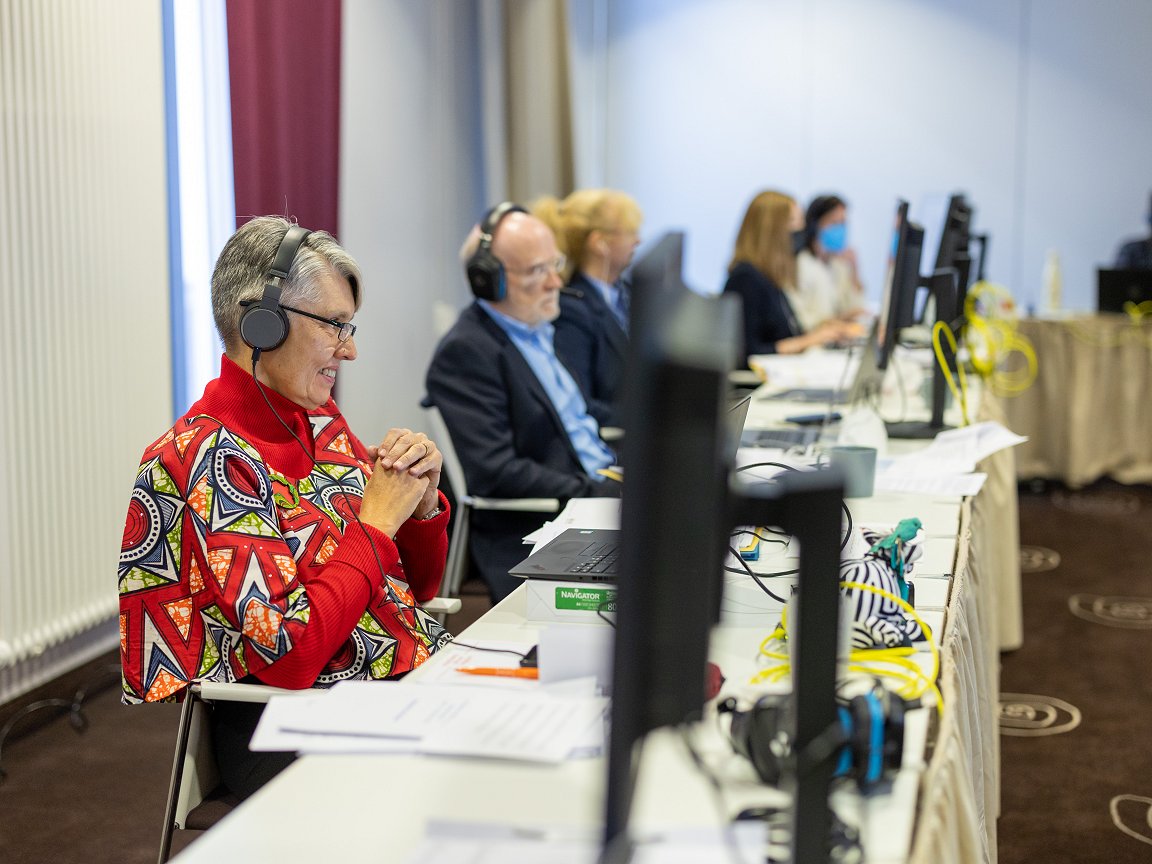THE SCIENCE OF CLIMATE IMPACTS:
Eight humanitarian insights from the latest IPCC report
By Erin Coughlan de Perez, Pablo Suarez, and Maarten van Aalst
Climate Change can be painfully confusing, especially for those of us who need to act and help based on what is known. Making sense of what is happening requires an enormous, analytically rigorous, collective effort. More than 270 scientists from around the world have worked together to assess knowledge on climate change impacts, adaptation, and vulnerability. Their answers were just released in the Sixth Assessment Report (AR6) by the Intergovernmental Panel on Climate Change (IPCC) Working Group II. The IPCC Summary for Policymakers has been approved by 195 national governments.
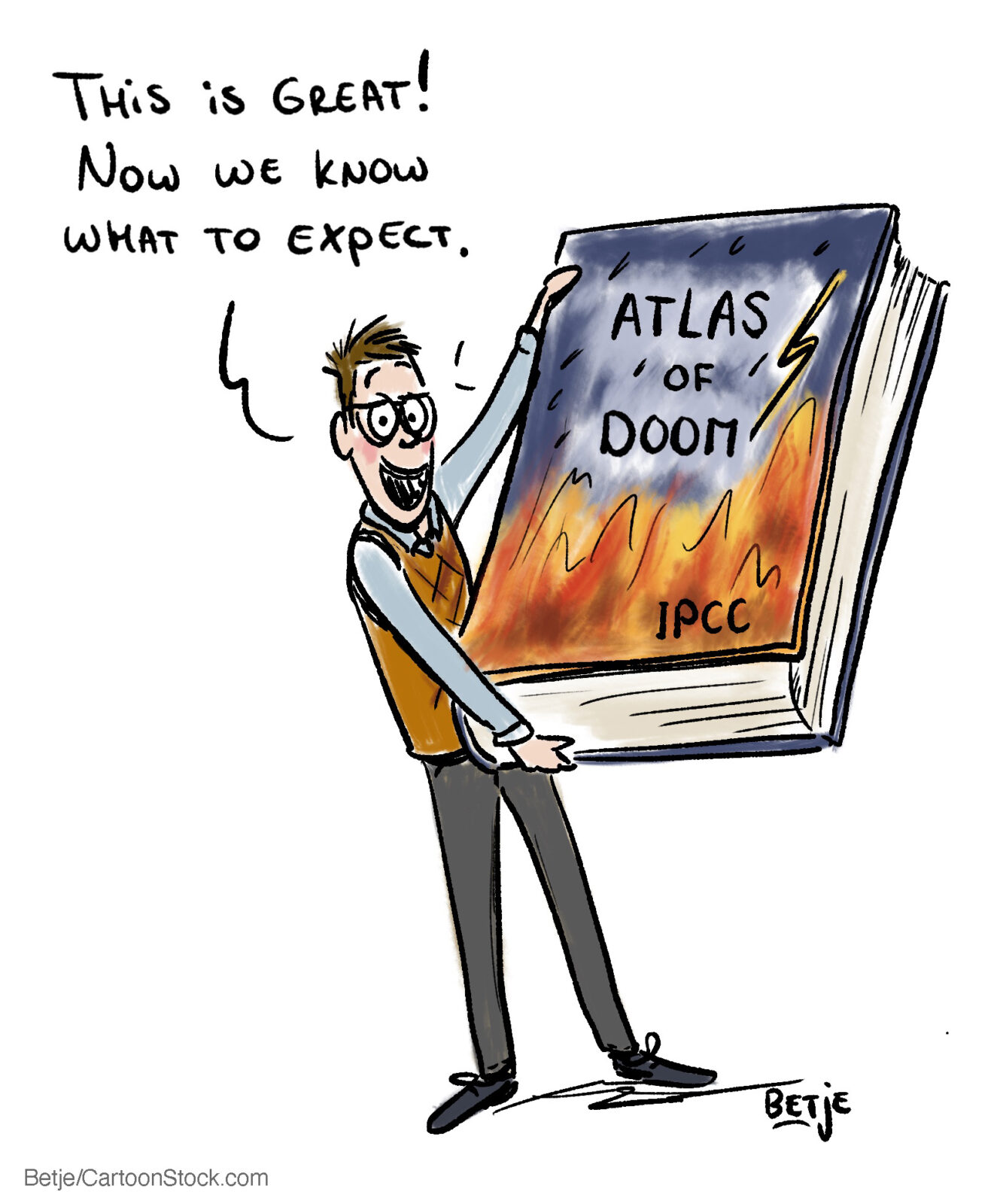
The IPCC’s findings are clear, rigorous, and very concerning. They are captured in formal,
technical language. Now we need to understand and address the report’s implications, in language(s) everyone understands.
Here are our eight humanitarian insights derived from this latest IPCC report, enhanced through cartoons and other creative contributions, focusing on two broad questions:
- How bad is it?
- What to do about it?
How bad is it?
The IPCC report assesses how severe the consequences are of climate change. Here is what we know.
1. Climate change is changing humanitarian crises
Now science can say it: “Climate change is contributing to humanitarian crises”. There’s a climate change ‘fingerprint’ in the pattern of threats, such as extreme conditions that are triggering migration, hunger, and avoidable deaths.
The IPCC says, with high confidence: “Climate and weather extremes are increasingly driving displacement in all regions, with small island states disproportionately affected. Flood and drought-related acute food insecurity and malnutrition have increased in Africa and Central and South America.”
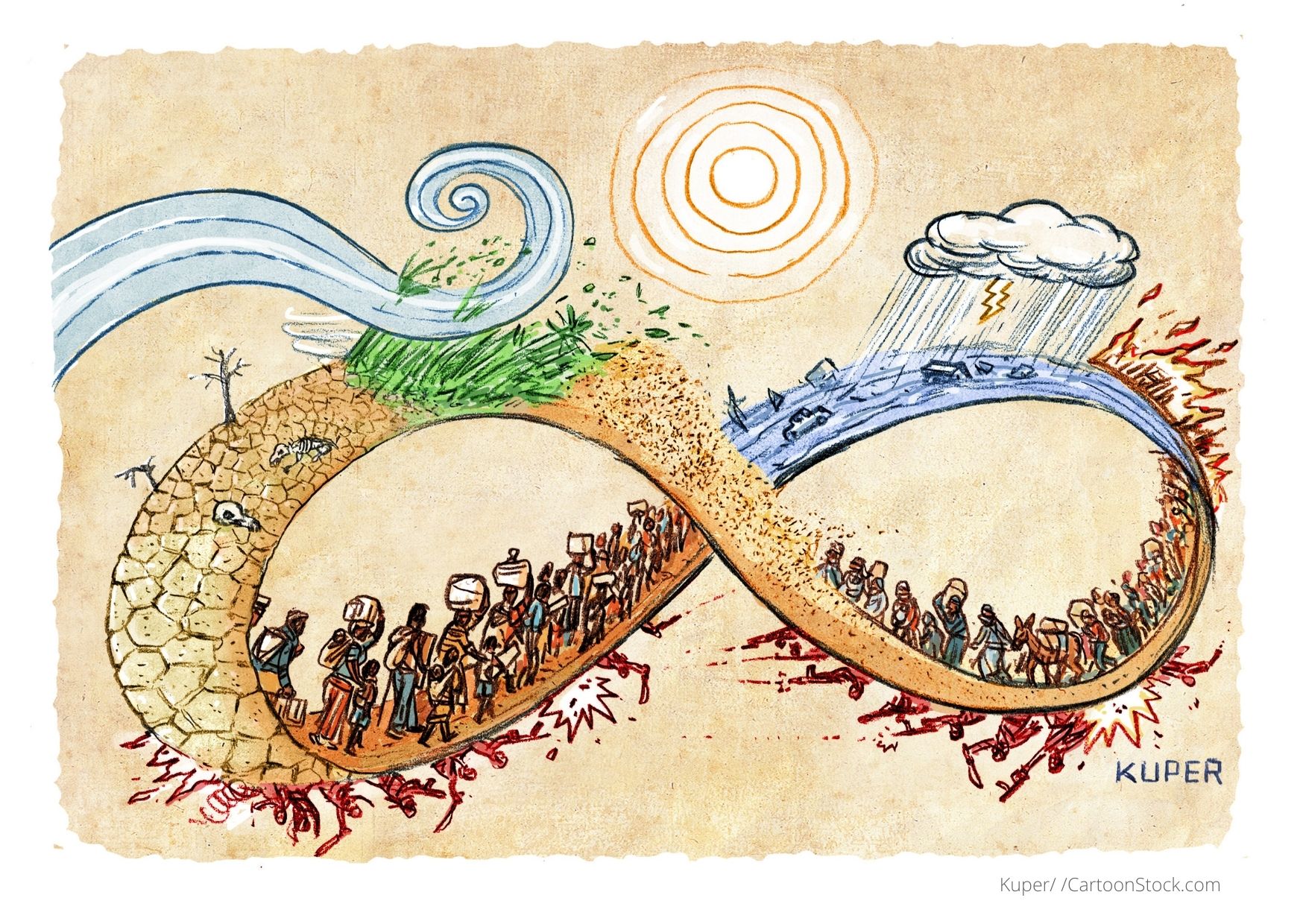
2. Climate change has already disrupted the lives of billions
The science of climate impacts used to be about the future. Now it’s also about the “here and now”, everywhere. In addition to addressing the causes of climate change, it is absolutely imperative to anticipate and prepare for its steadily rising consequences.
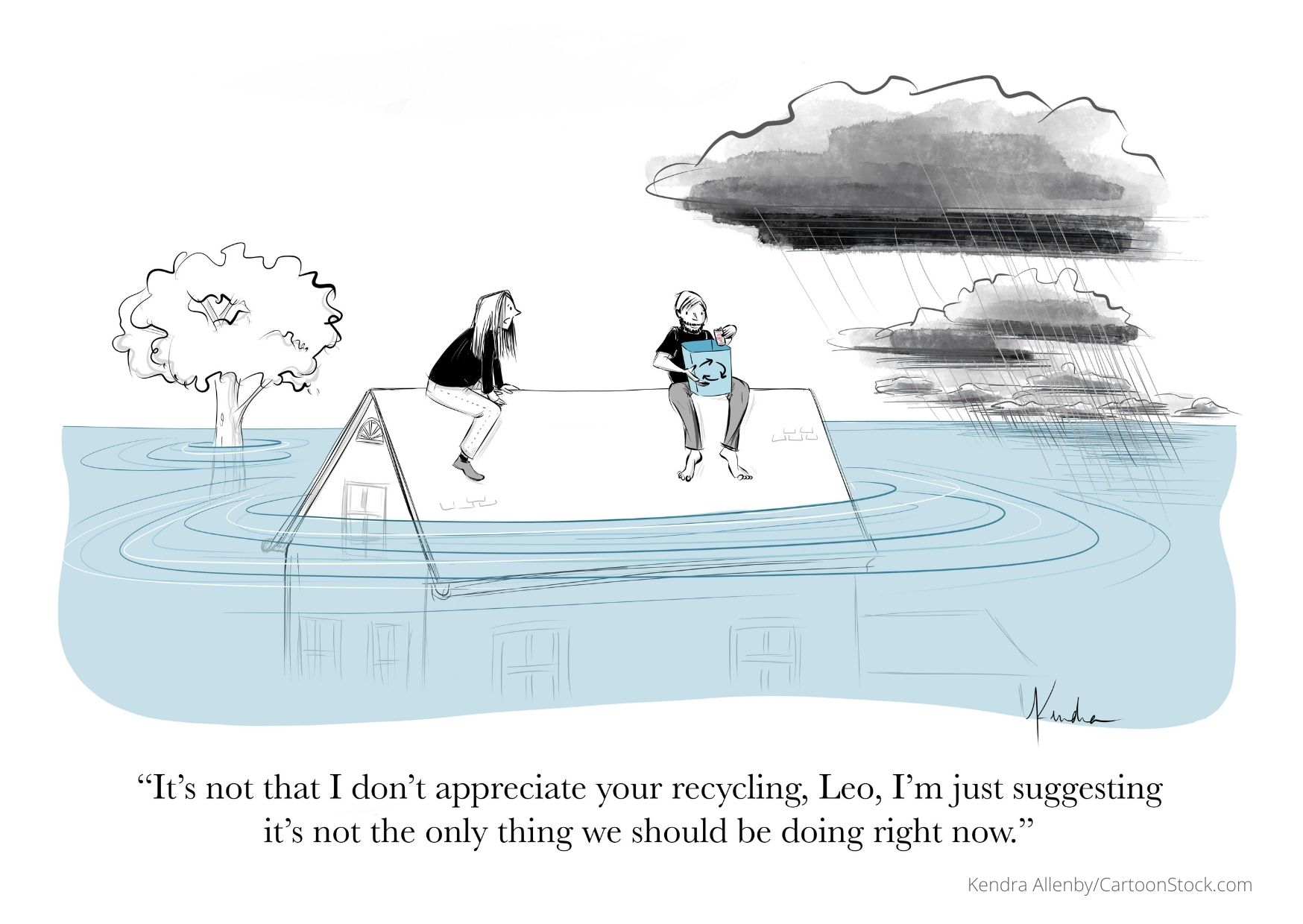
The IPCC says, with high confidence: “Jointly, sudden losses of food production and access to food compounded by decreased diet diversity have increased malnutrition in many communities, especially for Indigenous Peoples, small-scale food producers and low-income households, with children, elderly people and pregnant women particularly impacted.”
In every region of the world, climate change has affected peoples’ health. Extreme weather events have caused deaths, trauma, water scarcity, and hunger. The IPCC also says: “Roughly half of the world’s population currently experience severe water scarcity for at least some part of the year due to climatic and non-climatic drivers.”
3. Consequences for humanity will get even worse, sooner than we thought
Severe climate risks, previously assumed to be distant, are actually much closer than previously anticipated: even small additional increases in global temperatures will have big consequences. If we don’t anticipate and course-correct our paths, we will likely find ourselves walking into a future full of abrupt, dangerous changes.

The new IPCC AR6 report speaks of five main reasons for concern, including extreme weather events. The IPCC says, with high confidence: “Levels of risk for all Reasons for Concern are assessed to become high to very high at lower global warming levels than in AR5 [our 2014 assessment].” For example, in the 2014 assessment, the risk from extreme weather events was on the edge of “undetectable”, and now in 2022 it is already “moderate to high” because of all the unprecedented events we have seen over the past few years. For example, climate change made the rainfall in Texas worse during Hurricane Harvey, and the heatwave in the Pacific Northwest last year would have been impossible in a world without climate change.Risks are hitting sooner than expected.
4. Climate change doesn’t act alone. Marginalization makes impacts worse
Natural hazards only cause suffering when people are unable to cope with changing conditions. The IPCC says, with high confidence: “Losses and damages are unequally distributed across systems, regions and sectors and are not comprehensively addressed by current financial, governance and institutional arrangements, particularly in vulnerable developing countries.”
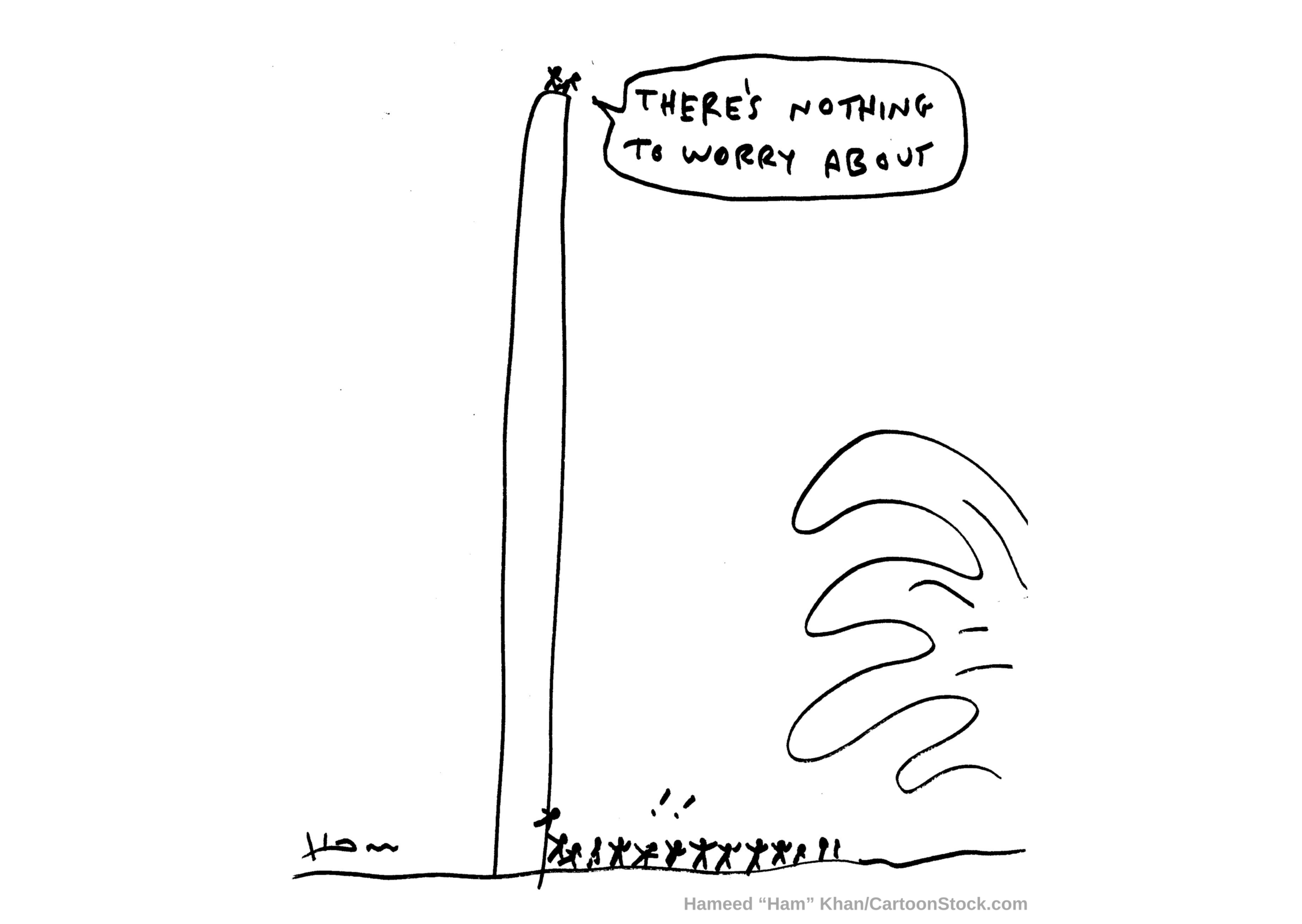
We know from humanitarian experience that a changing climate creates dreadful complexities when combined with other forces that push people to the margins of survival – such as armed conflict. In turn, a changing climate can worsen people’s ability to cope.
The IPCC says, with very high confidence: “Climate impacts and risks exacerbate vulnerability and social and economic inequities and consequently increase persistent and acute development challenges”, and “This in turn undermines efforts to achieve sustainable development, particularly for vulnerable and marginalized communities.”
What to do about it?
Of course we need to rapidly reduce greenhouse gas emissions (covered in the upcoming IPCC AR6 WG3 report). From a humanitarian perspective, it is also urgent to prepare for the unavoidable consequences of climate change. Here is our distillation of four key messages from the IPCC report on this topic:
5. Everyone everywhere can adapt, within limits
When the world around us changes, we can change to manage new conditions. In a rapidly warming planet, adapting to our new climate will be crucial to avoid massive suffering, loss, and damage. The IPCC says: “There are feasible and effective adaptation options which can reduce risks to people and nature” The new report offers numerous examples of climate change adaptation that are pertinent to humanitarian disasters, such as:
- “For inland flooding, combinations of non-structural measures like early warning systems and structural measures like levees have reduced loss of lives.”
- “Heat Health Action Plans that include early warning and response systems are effective adaptation options for extreme heat.”
- “For vector-borne diseases, effective adaptation options include surveillance, early warning systems, and vaccine development.”
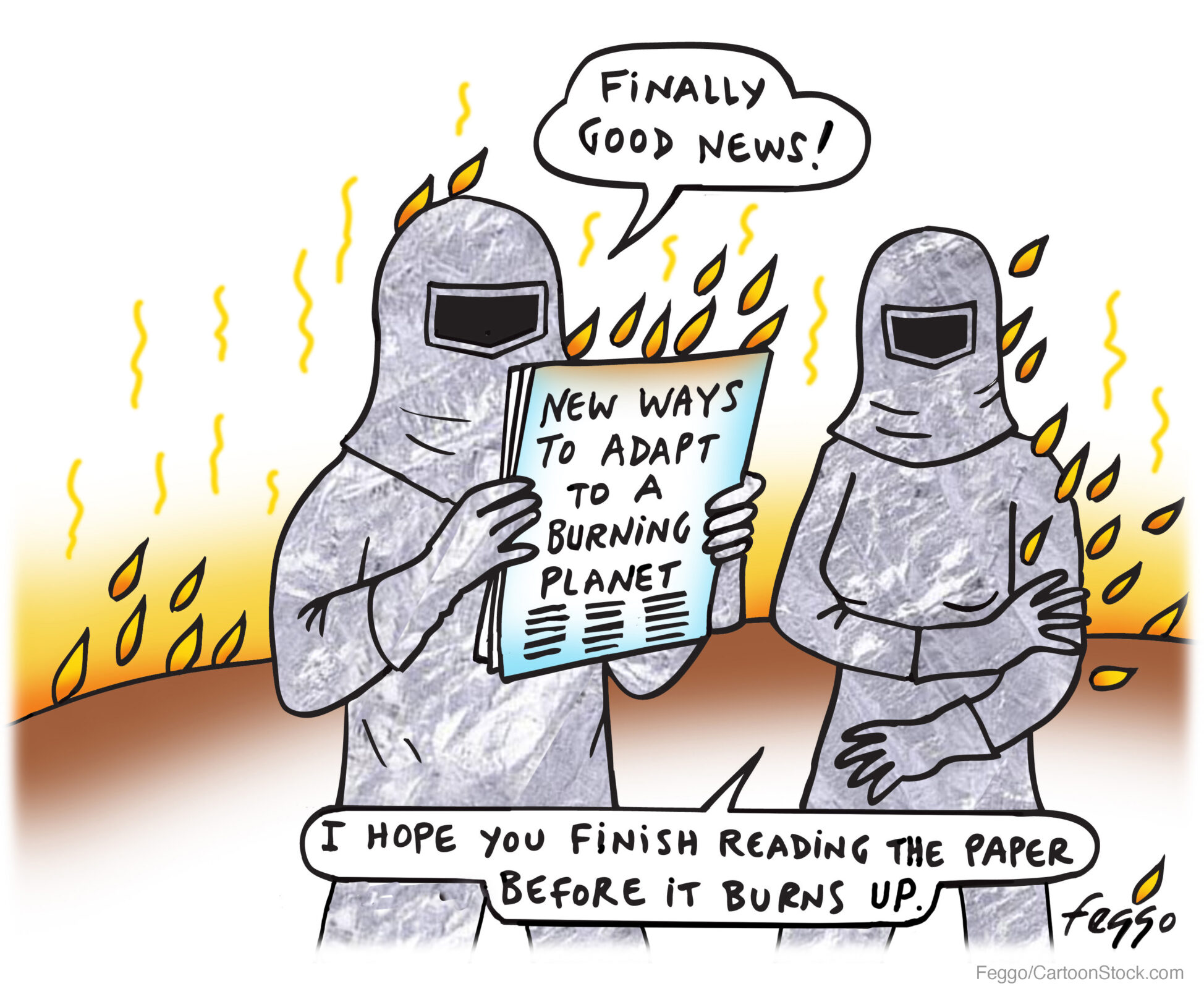
However, when our efforts to adapt cannot avoid intolerable risks, we hit hard limits. The IPCC says, “Adaptation does not prevent all losses and damages, even with effective adaptation.” However, in many cases, adaptation options exist, but are not available because of lack of finance, capacity, determination, or a conducive policy environment. “With increasing global warming, losses and damages increase and become increasingly difficult to avoid, while strongly concentrated among the poorest vulnerable populations.”
6. However, funding and action are absurdly short
It’s very hard to need an ocean of support, but only get a spoonful. In a global assessment of adaptation, the IPCC found that people are mostly making small tweaks, or writing planning documents. There are major gaps in what has been implemented to actually reduce risks around the world. If we continue planning and adapting at this rate, the IPCC predicts that this adaptation gap will continue to grow.
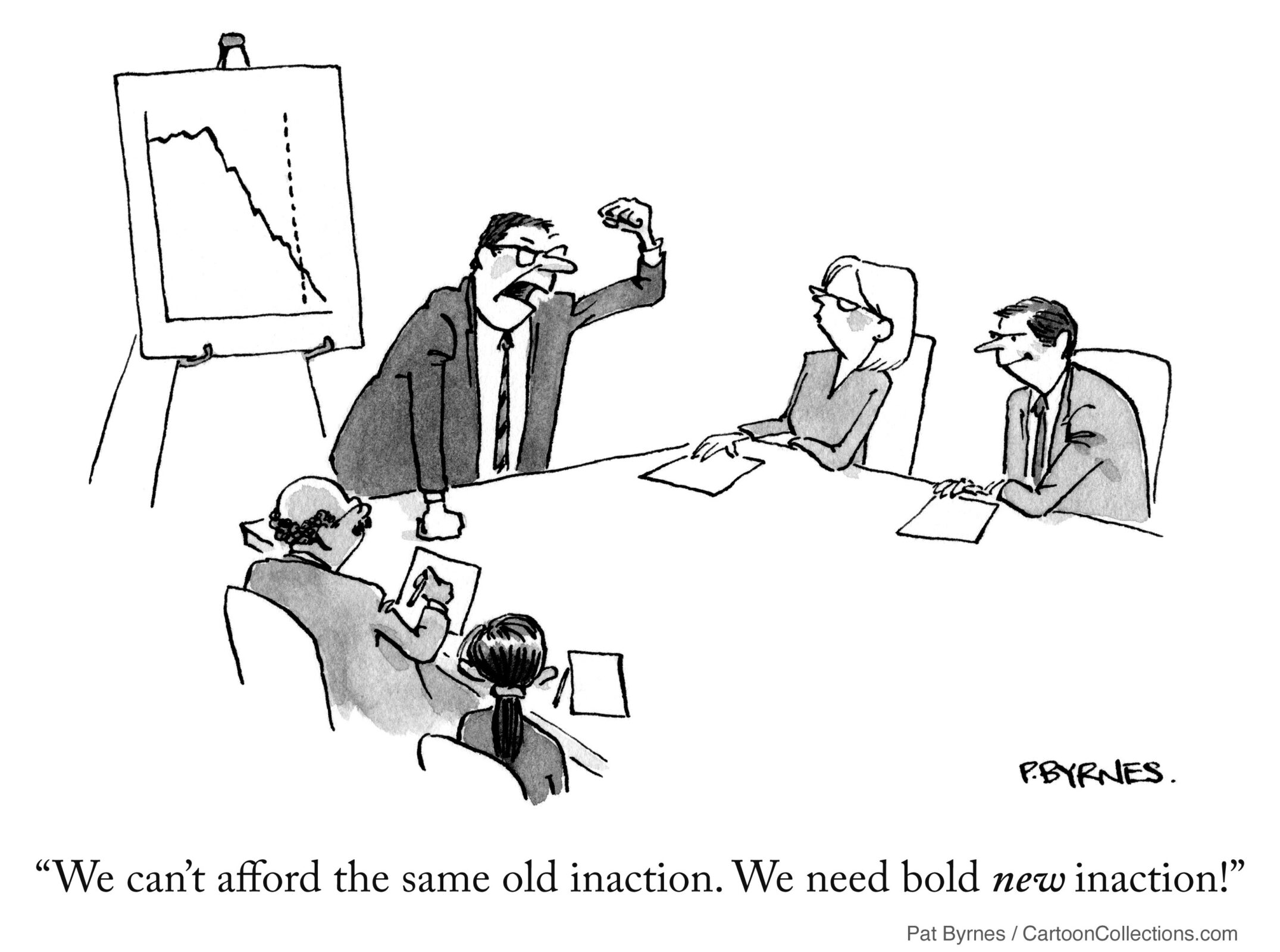
The IPCC says, with high confidence: “Despite progress, adaptation gaps exist between current levels of adaptation and levels needed to respond to impacts and reduce climate risks. Most observed adaptation is fragmented, small in scale, incremental, sector-specific, designed to respond to current impacts or near-term risks, and focused more on planning rather than implementation.”
“Current global financial flows for adaptation, including from public and private finance sources, are insufficient”, concludes the IPCC report. This limits our ability to take action, especially in developing countries. To fix this gap, the IPCC recommends not only increasing financial commitments, but also “building capacity and removing some barriers to accessing finance” for vulnerable groups, regions, and sectors.
7. Responding to climate change will create new risks
Solving one problem can create new ones. Like so many other things, adaptation to climate change can go wrong, either for those implementing the action or for others suffering the new consequences. The new report speaks of maladaptation: “actions that may lead to increased risk of adverse climate-related outcomes, including via increased greenhouse gas emissions, increased or shifted vulnerability to climate change, more inequitable outcomes, or diminished welfare, now or in the future.”
The IPCC says: “Most often, maladaptation is an unintended consequence” and “Maladaptation especially affects marginalised and vulnerable groups adversely (e.g., Indigenous Peoples, ethnic minorities, low-income households, informal settlements), reinforcing and entrenching existing inequities.” As the need to adapt becomes more and more prominent, we must prepare for the humanitarian consequences of both direct climate impacts – and of adaptation going wrong.
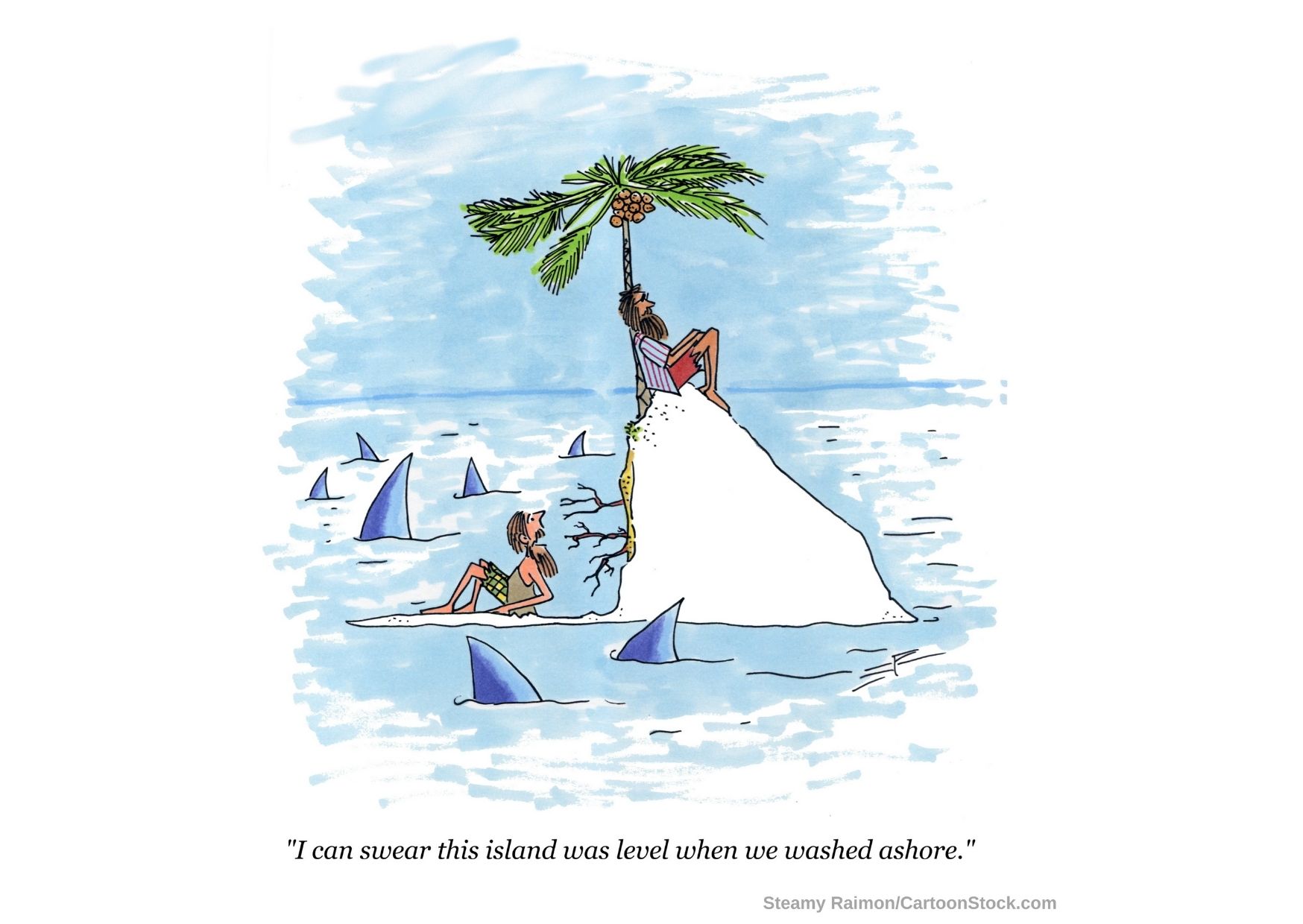
8. We have a short time to choose a radically new, climate resilient future
It will be necessary to adapt in a way that is transformational (such as changing livelihoods) and not just incremental (such as higher dams). Adaptation will not be successful if it does not address the root causes of inequality.
The IPCC says: “Climate resilient development involves questions of equity… this can include the urgent provision of basic services, infrastructure, livelihood diversification and employment, strengthening of local and regional food systems and community-based adaptation to enhance lives and livelihoods, particularly of low-income and marginalised groups.” The report points out that this will be most successful if everyone is at the table. “Peoples, local communities, and civil society can, including through international cooperation, advance climate resilient development by addressing structural inequalities, insufficient financial resources, cross-city risks and the integration of Indigenous knowledge and Local knowledge.”
It is urgent to embark on this new pathway today.
“Any further delay in concerted anticipatory global action on adaptation and mitigation will miss a brief and rapidly closing window of opportunity to secure a liveable and sustainable future for all.”
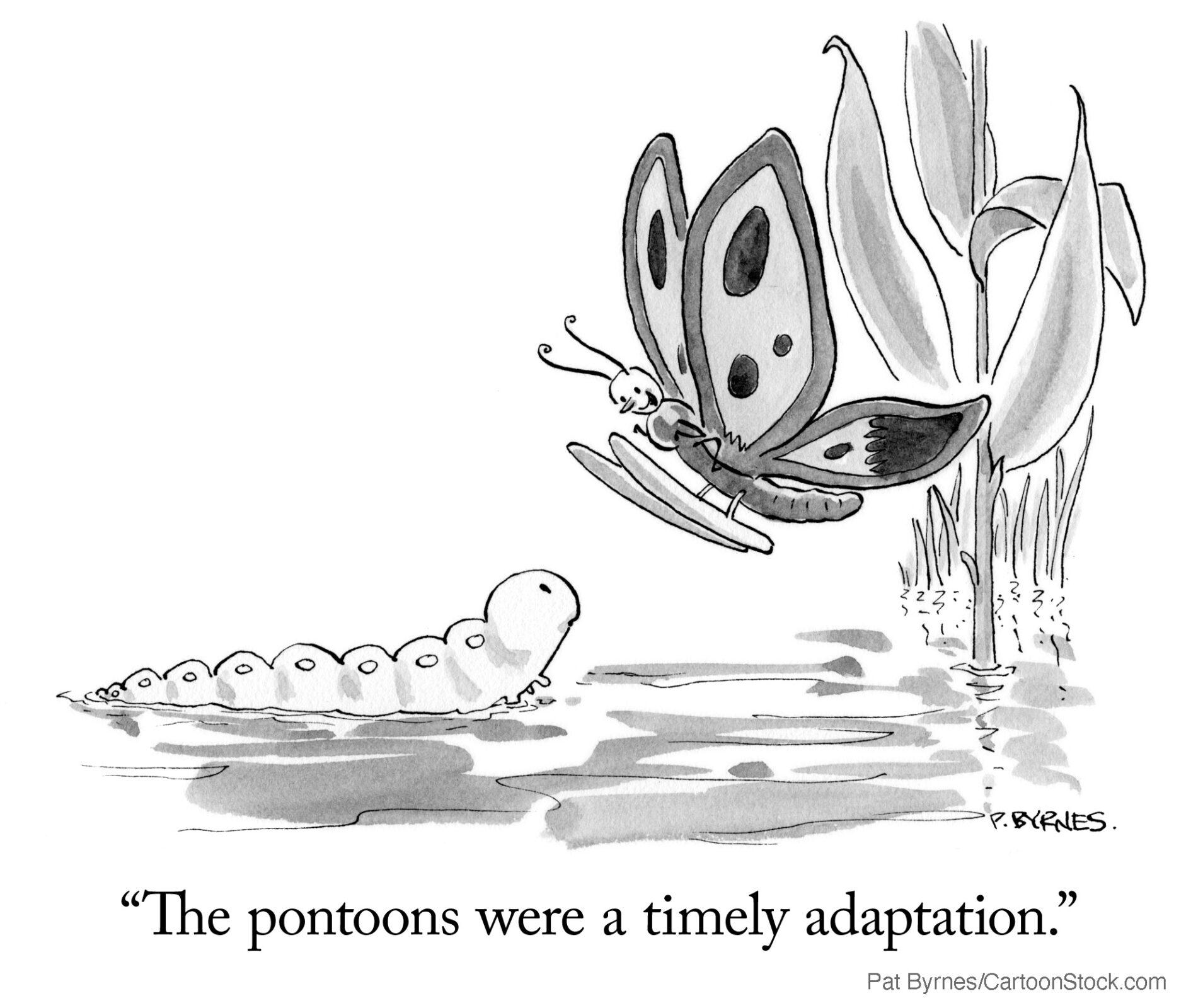
Our conclusion: we need to re-energize humanitarian work in a changing climate
The science of climate change is unequivocal: No More “Maybe”. It’s a fact, it’s us, and it’s bad. Human influence has warmed the atmosphere, ocean and land. The IPCC says “The cumulative scientific evidence is unequivocal: Climate change is a threat to human well-being and planetary health.”
Widespread and rapid changes have occurred in our planet’s atmosphere, oceans, ice, and life – causing people to suffer. And it’s getting worse, fast.
The unprecedented is the new normal. Many different things will likely go wrong at once – including but not limited to climate shocks and stresses.
This is just the beginning of the era of consequences. We see that too many of our colleagues can’t keep up. Physical, cognitive, emotional and financial exhaustion are creeping into the day-to-day life of Red Cross and Red Crescent staff, volunteers and partners dealing with rising needs for disaster response, preparedness, risk reduction and so much more. It’s going to get too hot, too tough, too fast. So it’s time now to re-energize the humanitarian system, and become fit for the future. It’s time to get ready.
Acknowledgments
We are grateful to the Intergovernmental Panel on Climate Change for its service to humanity through science, and to the many scientists that actively reach out to the humanitarian sector supporting efforts to turn knowledge into action. Our gratitude also to the Norwegian Red Cross and the Norwegian Ministry of Foreign Affairs for funding this unconventional approach to communicating the science of climate impacts. We also thank our creative collaborators, including CartoonCollections.com for their support helping us convey some difficult truths through visual humor (both from their database and from the co-creation process of our “Cartoonathon” events), the Hamishibai team for distilling these key message in the artform of cartoon puppetry, and the dancing team led by A.J. O’Neill and Leah Lovett for creating and delivering the “Get Ready!” Fitness class inspired by the latest IPCC report.
Please cite this work as follows:
Coughlan de Perez, E., Suarez, P. and van Aalst, M.K (2022): The Science of Climate Impacts: Eight humanitarian insights from the latest IPCC report. The Hague: Red Cross Red Crescent Climate Centre.


